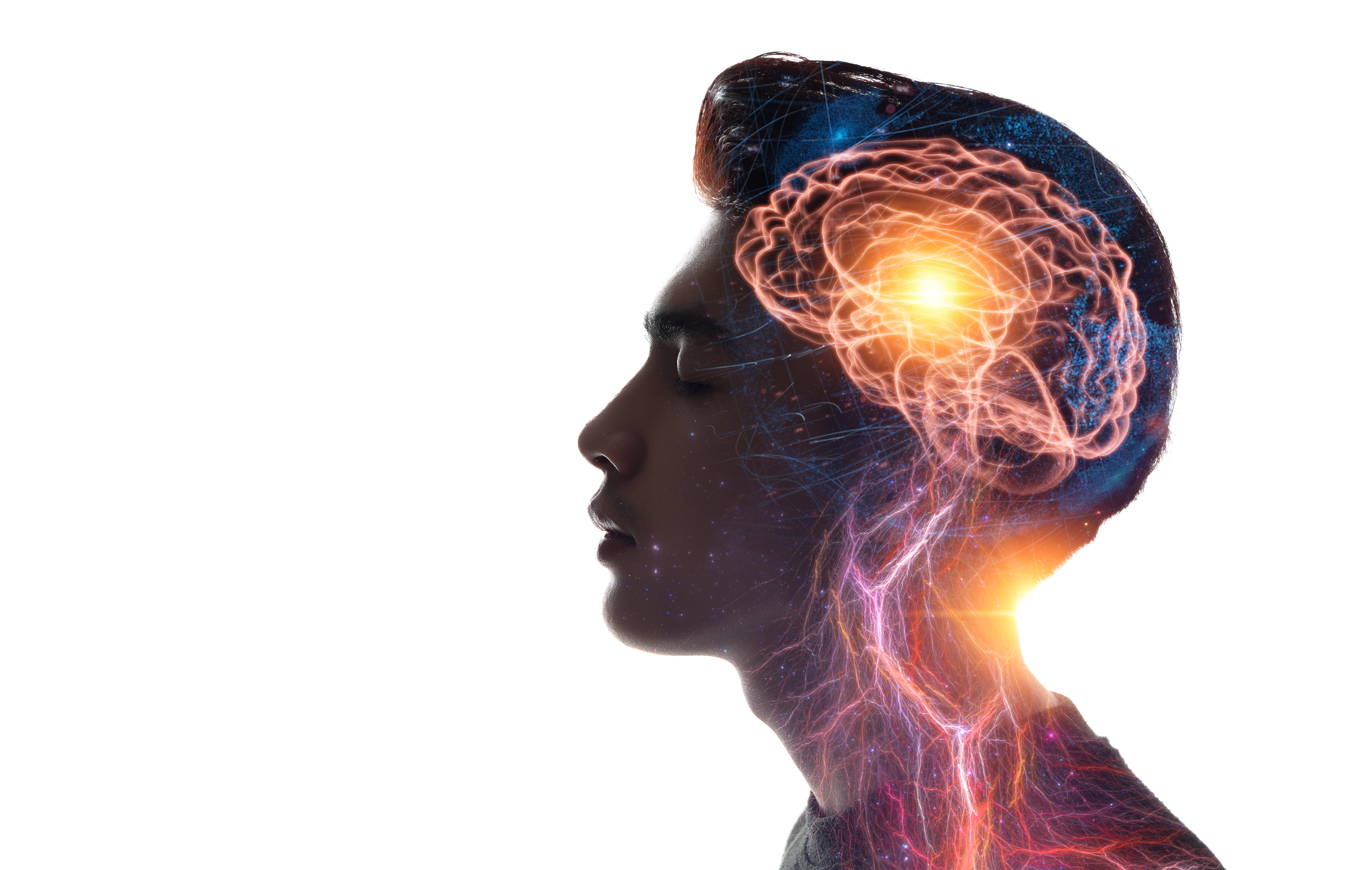
Artificial intelligence has rattled the windows and rattled the walls of almost every business, government and institution since bursting into mainstream consciousness after the launch of ChatGPT less than two years ago.
Boosters see AI ushering in a new “industrial revolution” led by thinking computers that can reason, plan and apply knowledge across a dizzying array of industries.
So far, however, most of the value from AI has accrued to chipmakers such as NVIDIA, which briefly rose to $3 trillion in market capitalization in June, making it for a time the most valuable in the world. Big tech companies, which make their own chips and have loudly touted the potential benefits of AI, have also benefited. But what about the rest of us?
“Investors are finally waking up to all that AI. . . it’s much more of an expense now than a revenue generator,” Peter Boockvar of The Boock Report, an investment newspaper, recently told Bloomberg News.
Or as Roy Amara, a computer scientist at Stanford, first put it, “we overestimate the impact of technology in the short term and underestimate the effect in the long term.”
AI is on track to create five very important disruptions in business, culture and our way of life. IN health sciencesAI is helping to identify diseases and discover new drugs, leading to discoveries that will impact medicine and longevity. AI virtual companions are increasing and improving human abilities.
AI is accelerating the development of autonomous vehicles and humanoid robotic companions. AND a robot it could soon be the home appliance of the 21ststr century. One day, HE might disrupt creative industries, paving the way for an award-winning script or song written by AI.
Finally, human-machine brain interfaces like Neuralink will be literal merge the organic and synthetic braina moment that prominent futurist and AI expert Ray Kurzweil calls the “singularity.”
Decoding the mysteries of disease
Increasingly, AI can identify diseases better than most doctors and can simulate the impact of experimental drugs without costly clinical trials. It can test how different proteins can be combined to make life-changing drugs, and it can ‘train’ robotic surgeons to perform at the same level as humans.
According to Professor Massimo Buonomo, an AI expert at the International Electrotechnical Commission, “The market for AI solutions is experiencing significant momentum” with healthcare leading the way.
Denmark’s Novo Nordisk (maker of Ozempic), for one, has been using artificial intelligence throughout its value chain since 2021. Hoffmann-La Roche is also using machine learning to boost drug discovery and development, freed from long linear and sequential research processes.
Canadian health technology company Triage has demonstrated in various clinical trials that its proprietary dermatology AI algorithm can outperform most doctors – and even surpass the skills of trained dermatologists. “25% of medical visits are for skin conditions,” said CEO Tory Jarmain. “In many countries, it is up to a pharmacist, nurse or GP to determine whether you need to see a dermatologist.” Triage and companies like it can help empower healthcare professionals with a life-saving toolkit.
Artificial Intelligence assistants supercharge human capabilities
A child born today will have at least one lifelong friend. This is not unusual. What’s unusual is that this companion will be her English teacher and teach her how to improve her tennis skills, give her cooking lessons and cheer her up when she’s feeling blue. They will eventually coach her through her college applications, before helping her create her thesis paper and later her resume. That companion will become her financial advisor, marriage counselor and write her will, find her a retirement home, make funeral arrangements when her husband dies, and act as executor of her estate when she too eventually dies. Get the idea? This companion will not be a person, but an AI companion.
Futurist Ray Kurzweil believes that this synthesis of human and machine ability, which he calls the “singularity,” will lead to a millionfold increase in human ability.
Today, startup DarwinAI has pioneered and commercialized what it calls “generative synthesis” technology, where human beings and their AI models collaborate to improve the same models. For example, DarwinAI combined AI with existing vision technologies to create a production line inspection system for the manufacturing industry. Recently acquired by Apple, Darwin AI is also using geophysical data to identify locations with the greatest potential for drilling.
Dr. Joseph Geraci, founder, chief technology officer and chief scientific officer of NetraMark (a provider of advanced AI products for late-stage clinical trials), describes AI as “scientific assistants” that will accelerate scientific advances.
DarwinAI CEO Sheldon Fernandez doesn’t think AI displaces us, but compliments us. “AI is superior at augmenting human capabilities rather than replacing them,” he said.
Robot companions and the cure for loneliness
“Robots that look like people will be better suited for tasks that require a human touch,” said Matt McMullen, CEO of RealBotix, a company that literally embodies AI by integrating AI, robotics and silicone rubber technology to create robots human-like. . “I can order a coffee at Starbucks from C-3PO, and that can be great. But I might like it more if it looked like a person and interacted with me like a person would.”
McMullen also envisions all kinds of robots with specialties such as elder care and temporary agencies that employ them in retirement and assisted living facilities. There they can interact with people living with dementia, perhaps contributing to research data on cognitive impairment, supporting caregivers and addressing elder neglect or abuse. Robots can increase the peace of mind of family members.
Robotics and AI are combining to turbocharge the robotics revolution. Consider Waymo, the autonomous car company. It uses AI to train its fleet of cars, resulting in ‘robot drivers’ that are statistically far better than humans. Robots can now ‘watch’ humans perform tasks and learn from their behaviour.
Researchers at Meta AI have trained Boston Dynamic’s Spot robot (which looks like a dog with an adjustable robotic head and neck) on training dates to improve how the robot “reasons and plans” and “finds and retrieves items in unknown spaces”.
Will AI kill the creative industries – or enrich them?
Since the dawn of the industrial age, technology has acted as a tailwind for creators. Will AI continue this trend? Cezanne said, “a work of art that did not begin with emotion is not art,” but many studio executives who see an AI-enabled future where they don’t have to pay human creators would disagree.
Ted Sarandos, CEO of Netflix, sees artificial intelligence as another technological tool for creators to exploit. “Writers, directors, editors will use AI as a tool to do things more efficiently and effectively. And at best, to put things on the screen that would be impossible to do,” he recently said in an interview with The New York Times.
Maybe so, but Sarandos is discussing AI as it exists, and in the future AI will likely be much more capable. OpenAI’s latest invention, Sora, allows anyone to create cinematic quality content with a simple text message. Kurzweil says that artificial intelligence moves so quickly that we tend to quickly discount its achievements soon after they have occurred. Sora is a prime example. HE can draw a picture, write a poem, make a short film and write a mediocre screenplay. Why not a Noble Prize-winning novel (one day)?
Despite AI’s recent advances, it can never capture what it feels like to be human because it isn’t one, some argue. “Hit the creative stuff” for now, DarwinAI’s Fernandez said. “HE doesn’t understand forgiveness and redemption or suffering like Dostoevsky.”
The Singularity: When Man Merges Machine
Kurzweil and others believe that AI and human intelligence will soon merge. If we do this right, he argues, we can enhance human capabilities and unleash an era of economic, cultural and spiritual prosperity.
Today, brain-human interfaces are no longer the realm of science fiction or even speculation. Consider Neuralink, founded by Elon Musk in 2016. In 2024, its first user, Noland Arbaugh, a quadriplegic, received a brain implant and today can use signals from his brain to manipulate a computer to search for internet, to play video games and much more. .
Most new technologies start with a niche market. Brain computer interfaces today can help people with disabilities regain their independence. In the future, they can improve us all.
These advances should be celebrated, but they are only the first step towards the union of human and machine intelligence. This next step is fraught with danger. For one, these AI models are programmed by humans on available data. But which people and what data? We want to avoid mistakes and biases that can undermine the validity and reliability of AI systems, said Hadassah Drukarch, director of policy and delivery at the Responsible AI Institute.
This is especially true when it gets into your brain.”
But DarwinAI’s Fernandez and NetraMark’s Geraci see a positive future for human-machine collaboration. “Human intelligence will adapt and find a creative stratosphere that neither AI nor humans can reach alone,” Geraci said. “The human imagination still has a long way to go … we are stronger together.”
Alex Tapscott is a portfolio manager at Ninepoint Partners and author of Web3.
#reasons #future #arrived
Image Source : nypost.com


